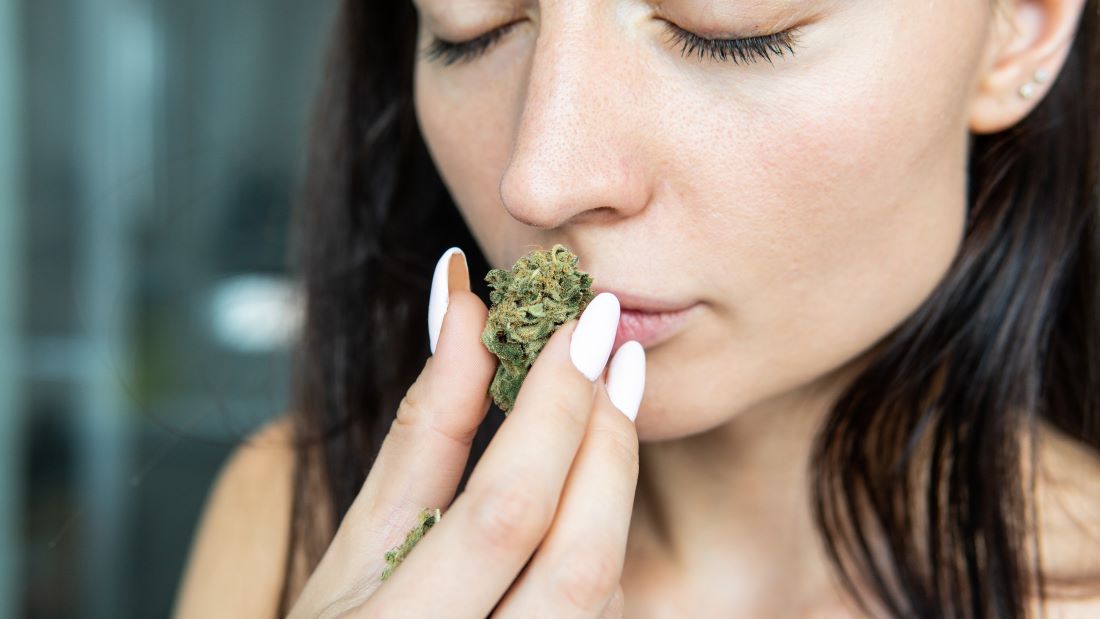SHOP SMOKING
OUR ONLINE SHOP HAS ARRIVED
DISCOVER OUR SWEATSHIRTS, T-SHIRTS WITH EXCLUSIVE DESIGNS AND MUCH MORE
SHOP SMOKING
OUR ONLINE SHOP HAS ARRIVED
DISCOVER OUR SWEATSHIRTS, T-SHIRTS WITH EXCLUSIVE DESIGNS AND MUCH MORE

The source of resin and cannabinoids in a marijuana plant is known as trichomes, but what exactly are they? These are protist organisms like the layer of fluff or hair that some plants such as lichens or algae have.
Trichomes of marijuana are shaped like small spheres and cover the leaves, branches, and buds of the cannabis plant. They are similar in shape to that of a mushroom, but smaller. In case a plant has an abundance of trichomes, the plant can acquire a whitish appearance due to this additional layer that is generated.
Although at first glance they may look the same, there are several types of trichomes depending on their size, shape and function.
The trichomes have different essential functions for the proper functioning and condition of the marijuana plant. This hairy, viscous resin coating acts as a protective and defensive barrier against insects, herbivores, fungi or other potentially harmful agents.
In addition, they are also essential for the development and growth of marijuana in weather conditions not conducive to this type of plant. This layer of resin makes the plant much more protected against strong winds or other weather adversities. In fact, they even act as a sunscreen for the plant, acting as a layer of protection against the effects of the sun’s rays or high temperatures.
Although at first glance, the trichomes of marijuana may look the same, there are different types. Most common ones:
They are usually the smallest trichome in terms of size. They can be anywhere on the surface of the plant, however they are not easy to see with the naked eye due to their tiny size.
Their size is larger than that of bulbous trichomes. In fact, it has enough cells to have a trichome head and a small base. They are also not easy to see.
These are the largest trichomes and, therefore, provide the most resin, THC and other cannabinoids. They can reach a height of 0.3 millimeters, so the pedunculated trichomes can be seen with the naked eye. As for their shape, they are composed of a stem, the head of the resin gland (the capitate) and the ball-shaped head, where cannabinoids and terpenes are found.
It is important to know that this type of trichomes is not glandular and, therefore, only a kind of hair that protrudes from the surface of the plant is appreciated, but without a resin head. However, it is precisely the simple unicellular trichomes that offer an additional defense to the plant.
They are also not glandular, so they do not have a resin head. As a consequence, cytolytic trichomes are shaped like thin, curved hairs.
Its size is not as large as that of the pedunculated capitated trichomes, but they have a width of around 0.08 millimeters. They have basal tissue under the head and secretory cells that produce terpenes and cannabinoids.
